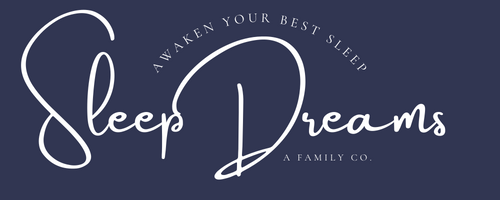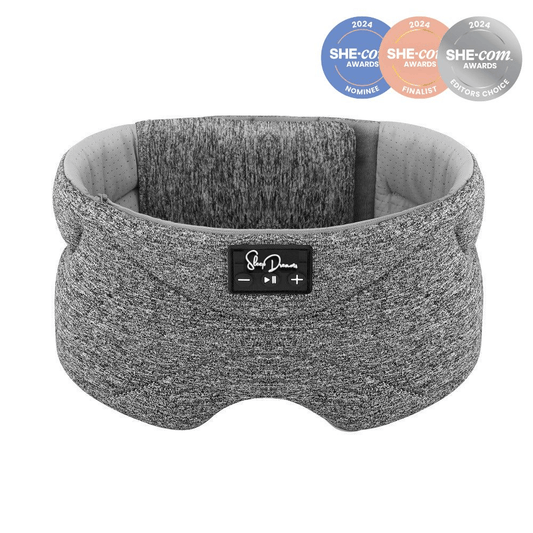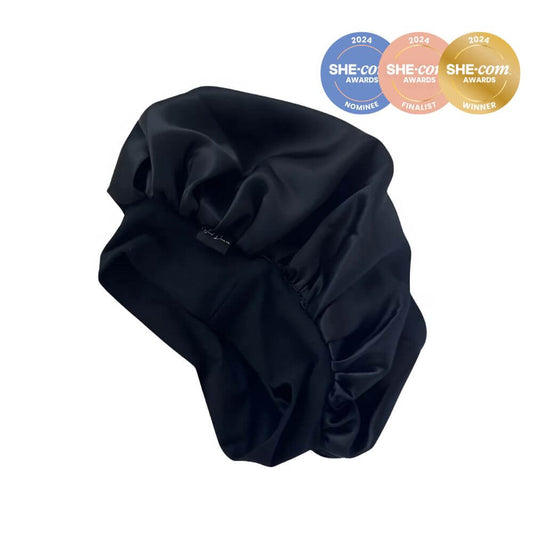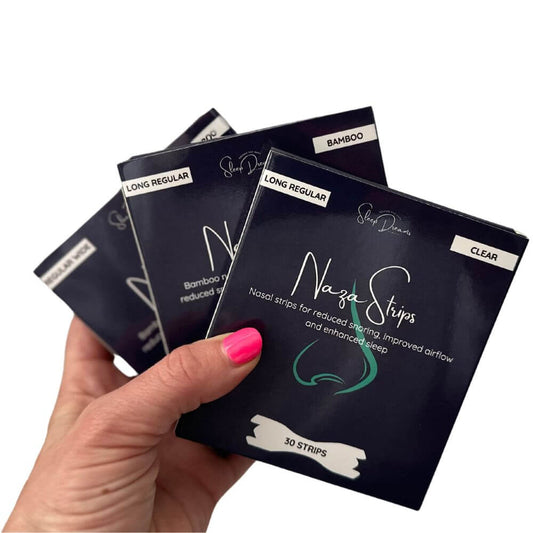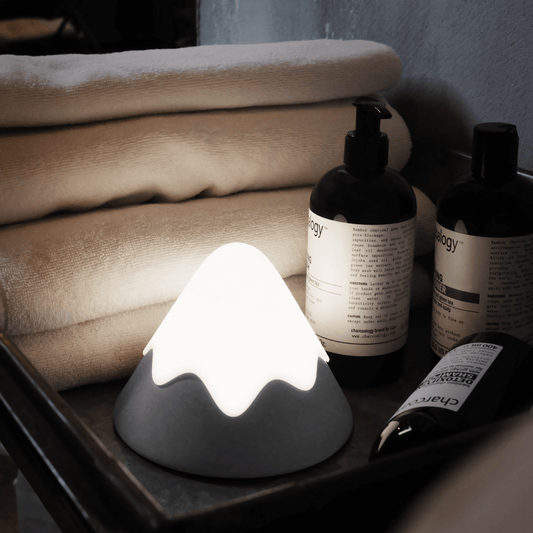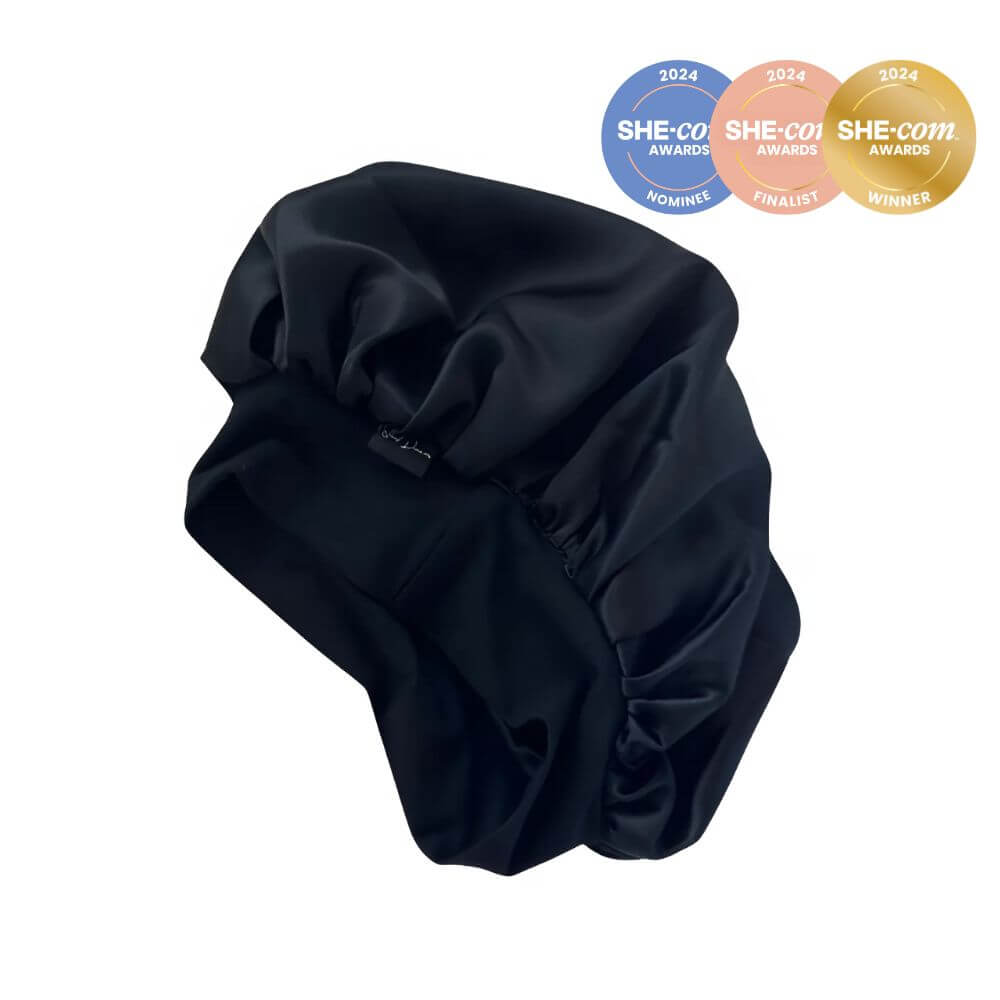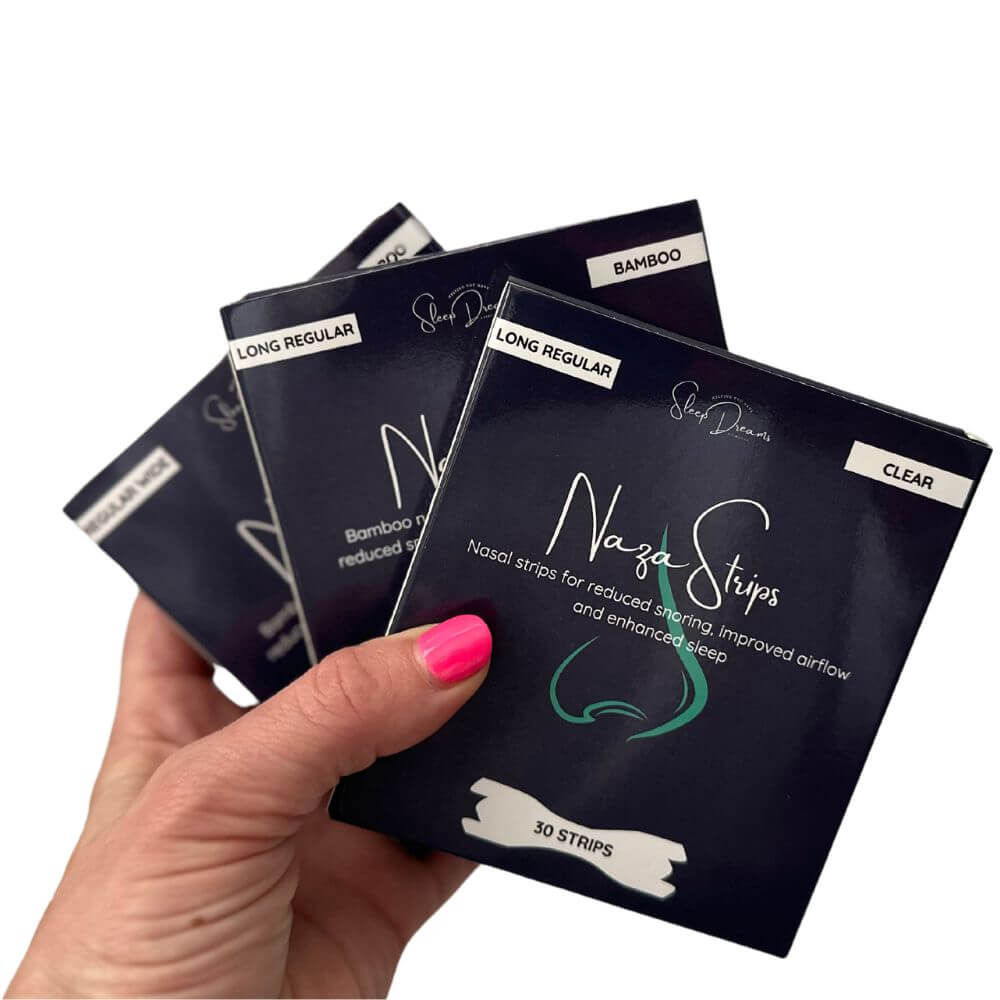If you’ve ever watched your child struggle to switch off at night - tossing, turning, or feeling anxious about the day ahead - you’ll know how heartbreaking it can be. Weighted blankets are one tool many families have turned to for creating a sense of calm and comfort at bedtime. While they’re not a magic fix, they can help children feel more grounded and relaxed, making it easier to drift into sleep.
In this guide, we’ll walk through what weighted blankets are, how they can help children with anxiety, and what to look for when choosing one.

What is a Weighted Blanket?
At first glance, a weighted blanket looks just like any other cosy throw - but inside, it’s stitched with evenly distributed weight. This weight usually comes from tiny glass beads, plastic pellets, or even natural materials, sewn into quilted pockets so the heaviness spreads evenly across the body.
The idea is simple but powerful: the gentle pressure mimics the sensation of being hugged or swaddled. For many children, this “deep touch pressure” helps their body feel secure and safe, making it easier to relax.
How Does a Weighted Blanket Help With Anxiety?
Children with anxiety often find their nervous system stuck in “alert mode.” That’s why bedtime can be such a challenge - their bodies simply don’t want to let go. The deep pressure of a weighted blanket can send calming signals to the brain, helping to slow the heart rate and ease tense muscles.
Researchers believe this pressure can increase the production of serotonin (the “feel good” chemical) and melatonin (the “sleepy” hormone), while lowering cortisol (the stress hormone). Together, these changes can reduce anxious feelings and promote deeper, more restful sleep.
Many parents describe the effect as giving their child a constant, reassuring hug that helps them settle down at night.
What Science Says About Weighted Blankets
While weighted blankets have become popular in recent years, the idea isn’t just a passing trend. Studies suggest they can be genuinely helpful:
- 2016 research showed that people using weighted blankets during brain scans had less activity in the amygdala - the part of the brain linked to fear and anxiety.
- Sleep studies found that people using weighted blankets reported lower anxiety and better sleep quality compared to those without one.
- Children with autism and ADHD have also shown positive responses to weighted blankets, with parents reporting improvements in restlessness and night-time routines.
It’s important to note that weighted blankets aren’t a cure, but for many families they’re a supportive tool in creating a calmer bedtime environment.
Choosing the Right Weighted Blanket for Your Child
If you’re considering a weighted blanket for your child, here are some things to keep in mind:
- Weight: The general rule is 10% of your child’s body weight, plus around 1 kg. For example, if your child weighs 23 kg, a 2.5-3 kg blanket is ideal. Anything heavier can feel overwhelming or unsafe.
- Size: Choose a blanket that fits your child’s bed without draping onto the floor. Too much fabric hanging off the sides can pull the blanket down and make it feel heavier than it is.
- Fabric: Look for breathable fabrics like cotton for summer and soft fleece or minky covers for winter. Some parents prefer removable covers so they can wash them easily.
- Fill Material: Glass beads are smooth and quiet, while plastic pellets are slightly bulkier. Both work well, but glass beads usually create a thinner, more streamlined feel.
- Safety: Weighted blankets are generally not recommended for children under 3 years old due to the risk of suffocation. Always make sure your child can move the blanket off themselves if needed.
For children dealing with anxiety, a weighted blanket can be more than just bedding - it can become a soothing part of their sleep routine. The gentle pressure provides reassurance, helping them feel safe and ready for rest.
If you’re thinking about trying one, start with the right weight and size for your child, and introduce it slowly during quiet time or naps before using it overnight. Combined with other calming bedtime rituals - like reading together, using soft lighting, or playing gentle music - a weighted blanket can help transform bedtime from a battle into a more peaceful end to the day.


